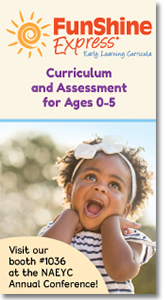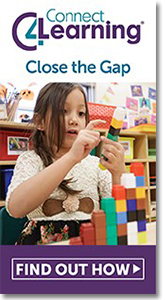Fundraising Strategies
Dalai Lama
In the book, Not Just Small Change: Fund Development for Early Childhood Programs, Roberta Bergman writes: “Fundraising starts with those who are closest to the organization – those who know it best – and moves outward from there. Visualize five concentric circles – each circle representing a relationship with your program: Board and Staff; Current Supporters; Former Supporters; Business Contacts; Others…How do you find out [about who fits in the Other circle]? Who donates to programs for young children [but have not yet donated to you]?... One approach is to identify organizations in your community [such as children’s hospitals, children’s museums, shelter for homeless families] that actively raise money…Get on the mailing lists of these agencies… if the organization publishes a newsletter or annual report which acknowledges contributions by individual donors you’ll have your list of names. You’ll need addresses, and finding them may be quite time consuming. If possible, hire someone (a high school student) or find a volunteer to work on it. It’s worth doing because the list is a pot of gold – names of people who have demonstrated their willingness and ability to give money to help young children in your community.”
Patricia Scallan Berl, in the book, Art of Leadership: Managing Money in Early Childhood Organizations, writes this about fundraising for early childhood programs: “An effective fundraising plan takes into account six key elements. These are:
Gifts – the amount of money you are seeking to raise
Prospects – the people in your community who have both an interest in and a potential for contributing to your cause [see Roberta Bergman’s suggestions above]
Opportunity –the benefit that is directly bestowed upon the donor as a result of giving
Appeal – the urgency, immediacy, and inherent attraction of your proposal
Timing – the time frame within which you seek contributions
Resources – the financial and human potential you have available to commit to fundraising activities.”
For more information about Exchange's magazine, books, and other products pertaining to ECE, go to www.ccie.com.
|
© 2005 Child Care Information Exchange - All Rights Reserved | Contact Us | Return to Site


